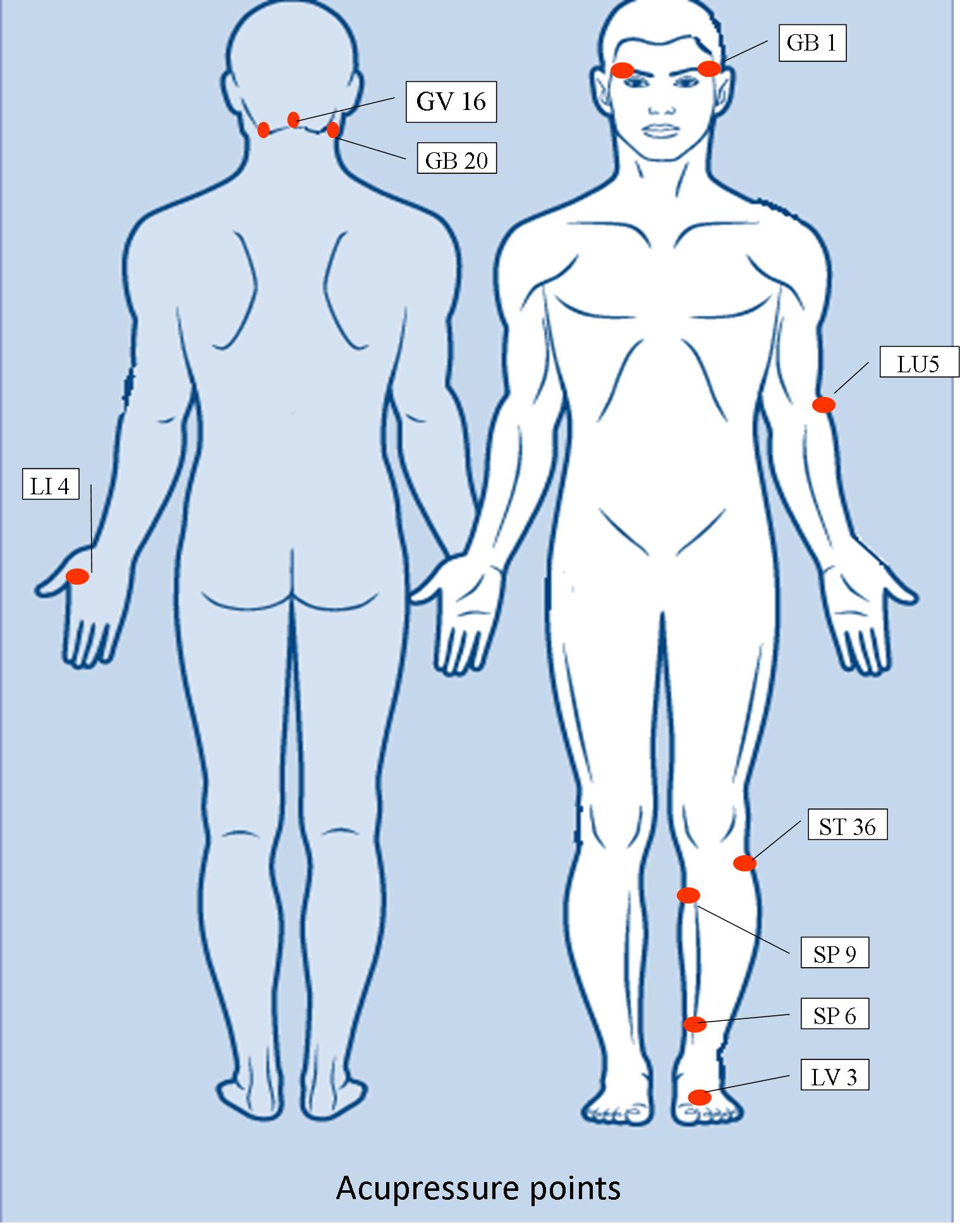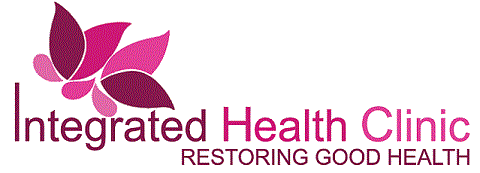Acupressure is an ancient healing art that is based on the same principles as acupuncture to promote health and well-being. It was developed in China over 5,000 yrs ago. Simply put it can be considered to be acupuncture without the use of needles. However there is an element of bodywork involved which makes it somewhat different and offer the additional benefit of ‘hands on’ therapeutic treatment, something that is not found in acupuncture alone. Like acupuncture it attempts to treat the body, mind and spirit.
Traditional Chinese Medicine (TCM) describes a specialised invisible network system of channels or meridians in out body. These meridians carry ‘Qi’ (pronounced chi), understood to be our life force or vital energy. TCM theory believes in 12 major meridians, each one connected to a specific organ system collectively forming a communication network that is responsible for the optimal functioning of the body. The 6 Yin meridians are heart, lung, spleen, liver, kidney and pericardium, while the 6 Yang meridians are the small intestine, large intestine, stomach, gall bladder, urinary bladder and triple burner. When any one of these meridians is out of balance or blocked it affects the individual’s health and can manifest as an illness. Acupressure techniques are commonly used in various massage techniques e.g. Shiatsu a traditional Japanese style of massage involving deep pressure and stretching techniques, Chinese Tuina massage and Thai massage. Acupressure can benefit a wide variety of conditions including; pain, muscular tension, enhanced circulation, relaxation and stress, By balancing body Qi acupressure is able to strengthen the body’s ability to resist infections and recovery from illness, therefore maintaining general good health. A review of 9 Shiatsu and 80 acupressure studies provided fairly strong evidence of benefit in the treatment of pain, particularly lower back pain, dysmenorrhoea and labour pain. Sleep was also improved, whilst evidence for side effects of cancer treatment (other than nausea and vomiting), renal disease and visual impairment was not as strong (Robinson et al, 2011).
How to do Acupressure on yourself?
In Acupressure practitioners use gentle but firm finger pressure on key acupuncture points on the surface of the body to simulate the body’s natural self-healing ability. Sometimes it can also include stretching movements. These points help to release muscular tension, promote the body’s circulation and our life force energy (Qi) to aid the healing.
Acupressure Technique
- Find a comfortable Sitting or Lying down position
- Starting from the left side of the body find the Find the Point (see below) on the body.
- Usually they lie near large muscles groups or in the joints or hollows of the bone.
- Concentrate on feeling for a muscular cord/tension or a hollow in the bone structure.
- Feel for a slight indentation or depression between the tendons and muscles at each point.
- Press on the Point
- Slowly and firmly press directly on the point, often there is degree of tenderness or soreness on pressing. If there is extreme pain then reduce then gradually pressure until a comfortable balance is found.
- Gently apply circular movements or deep sustained pressure
- Gradually the initial pain will ease, which is an indication of the acupressure working.
- With regular sessions you should be able to increase the depth of pressure and the tension/hardness in the point will soften. This is a good sign of increased circulation and Qi movement.
There are hundreds of acupuncture points, below are some of the more commonly used points (See figure below). In a clockwise direction start by working from the left side of the body and locate the first point below;
- Lung 5 (LU-5): Located in the cubital crease on the lateral side of the flexed elbow
- Large intestine 4 (LI-4): Located in the web between your thumb and forefinger.
- Stomach 36 (ST-36): Found in the depression 3 finger widths below the plateau of the tibia.
- Liver 3 (LV-3): Lies on the dorsum of the foot between the big and 2nd toes.
- Spleen 6 (SP-6): About three finger widths above your inner anklebone.
- Spleen 9 (Sp-9): Located on the lower border of the medial aspect of the tibia.
Now move to the right leg and start working up the body in reverse order. Once you have completed the points on the arm then continue with the points below using one hand on either side of the head.
- Gall Bladder 1 (GB-1): Lateral to the outer corner of the eye.
- Governing Vessel 16 (GV-16): This lies in the midline at the base of the occiput.
- Gall Bladder 20 (GB-20): This is located just inferior and medial to the mastoid process.
Acupressure Safety
Acupressure is a relatively safe technique, but should not be used to replace professional health care advice. It should not be applied to areas of recent injury or fractures, open wounds or swelling and inflammation. Scar tissue, rashes, boils, blisters or varicose veins should be avoided. In the case of pregnant women it should be avoided.

References:
Robinson N, Lorenc A, Liao X, Donaldson J. Shiatsu and acupressure: A review of the effectiveness of evidence. London South Bank University. 2011.
Compiled: 7th April 2014
